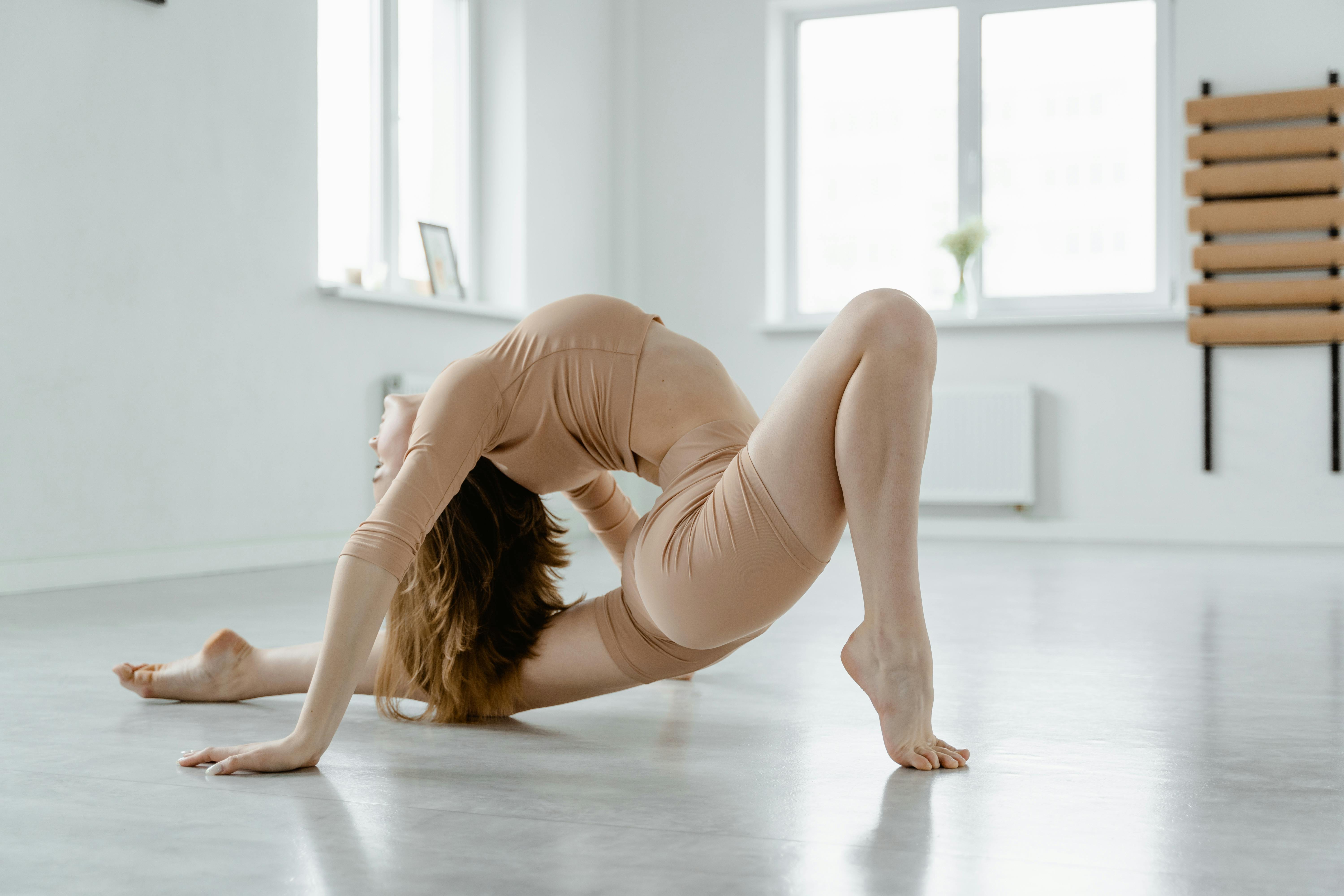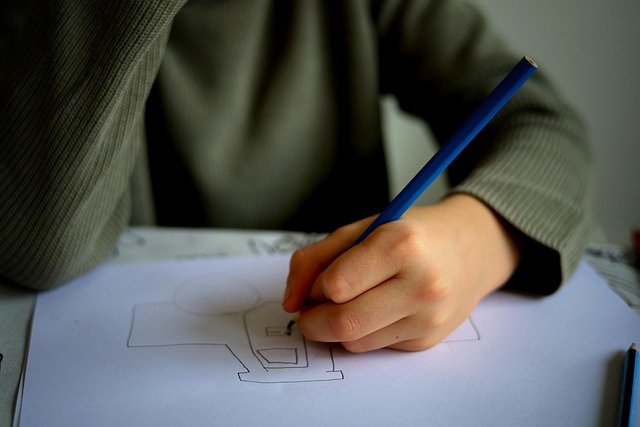Breaking Down the Biomechanics of Gymnastics: A Comprehensive Analysis
From the initial flip of a coin to determine the starting order to the final dismount from the balance beam, gymnastics is a sport that demands precision, strength, and agility. This captivating discipline combines athletic performance with artistic interpretation, creating a spectacle that captivates audiences worldwide.

Gymnastics has evolved immensely since its inception, with athletes pushing the boundaries of human capability with each passing generation. This article delves into the biomechanics of gymnastics—the science behind the flips, spins, and balances that make this sport such a spectacle.
The History and Development of Gymnastics Biomechanics
Gymnastics, as a modern sport, emerged in the late 18th century, although its roots can be traced back to ancient Greece. Initially, it was a form of military training, focusing on strength and flexibility. However, as the sport evolved, the importance of biomechanics came into focus.
In the early 20th century, coaches began to apply scientific principles to training, examining how the body moves and how these movements can be optimized for performance. This marked the beginning of the study of gymnastics biomechanics, which has since become a crucial part of training and performance.
The Dynamics of Gymnastic Movements
Gymnastic movements, whether on the floor, the pommel horse, the uneven bars, or the balance beam, are a complex interplay of forces. Understanding these forces can provide insight into how gymnasts achieve their astonishing feats.
One key principle is the conservation of angular momentum. In a flip or spin, the gymnast’s angular momentum remains constant unless an external force is applied. This is why a gymnast tucks in their limbs during a flip—to increase their rotation speed. Conversely, extending the limbs slows down the rotation.
The Role of Strength and Flexibility in Gymnastics
Strength and flexibility are two essential components of a gymnast’s performance. Strength allows for the explosive power needed for jumps and flips, while flexibility enables the gymnast to perform complex moves and reduce the risk of injury.
Strength training for gymnasts often involves bodyweight exercises and plyometrics to build functional strength and power. Flexibility training, on the other hand, includes both static and dynamic stretching to ensure a full range of motion.
The Challenges and Real-world Applications of Gymnastics Biomechanics
While understanding the biomechanics of gymnastics can improve performance, it also presents challenges. Each gymnast’s body is unique, meaning that optimal technique may vary between individuals. Additionally, certain moves can put significant strain on the body, leading to a higher risk of injury.
Despite these challenges, the study of gymnastics biomechanics has real-world applications beyond the gym. It can inform rehabilitation programs, assist in the design of ergonomic equipment, and even inspire new technologies in fields like robotics.
The Future of Gymnastics Biomechanics
As our understanding of the human body and movement science continues to evolve, so too does the field of gymnastics biomechanics. With advancements in technology, such as motion capture and 3D modeling, coaches and athletes can gain even greater insight into performance and technique.
This is an exciting time for the sport of gymnastics, with athletes continually pushing the boundaries of what is physically possible. Through the study of biomechanics, we can gain a greater appreciation of these incredible feats and the science that makes them possible.
In conclusion, the biomechanics of gymnastics is a fascinating field that combines science, art, and athleticism. Its understanding not only enhances performance but also contributes to various aspects of life, from rehabilitation to ergonomic design. As we leap into the future, we can look forward to new advancements and discoveries that will continue to push the limits of human capability.




